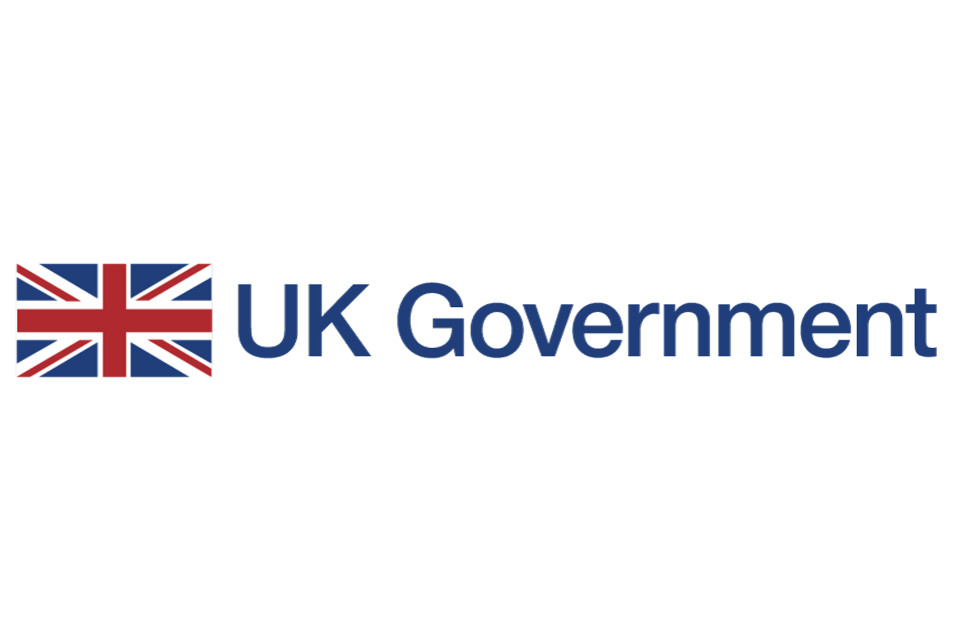UN Human Rights Council 51: Enhanced Interactive Dialogue on the Democratic Republic of Congo
World news story
The UK delivered a statement on the on-going human rights situation in the Democratic Republic of Congo.

Thank you, Madam Vice President,
The United Kingdom thanks the speakers for their presentations and we welcome the reports of the high commissioner, and the team of experts.
The UK remains deeply concerned about the human rights situation in the DRC. Recent violence by armed groups, especially the Allied Democratic Forces and M23, has led to human rights abuses, which jeopardises efforts to pursue peace and prosperity, and exacerbates the already severe humanitarian situation. All of this raises dire concerns about the protection of civilians in the conflict-affected regions.
We urge all actors to address the humanitarian impacts of the violence, ensuring the affected people, including the 5.9 million internally displaced civilians, receive the assistance they need. We welcome ongoing diplomatic efforts to pursue dialogue and de-escalation, and we reiterate our call on all armed groups to immediately cease violence and participate unconditionally in the political process.
We are deeply concerned about the recent violent protests against the UN peacekeeping mission, which resulted in the deaths of civilians and peacekeepers. We continue to offer our full support for MONUSCO’s vital work, and call on the government of DRC to help ensure the safety of MONUSCO’s personnel and hold all perpetrators of violations and abuses to account.
We will continue to support regional engagement to find a diplomatic solution to conflict in the east, and DRC’s efforts to launch a community-based Disarmament, Demobilization and Re-integration programme.
Madam Vice President,
Our question to the panel is how will the UN work with the East African Community to ensure the protection of civilians remains a priority, with any deployment of a regional force?
Thank you.
Published 5 October 2022